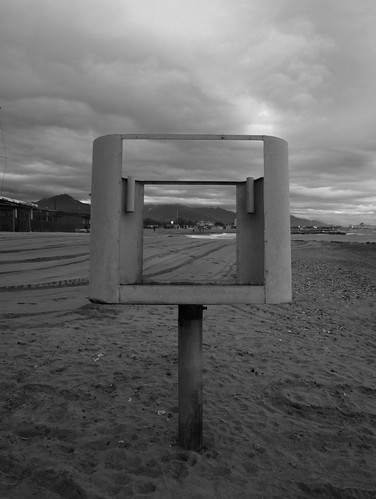Not only is photography a magnificent hobby, it is also a great art form. If you want to make photography your hobby, these tips can help you do this.
Try using a variety of shutter speeds to determine the best methods for different settings and circumstances. You can either capture a precise moment or use a higher exposure to blur together a period of time. Traditionally, fast shutter speed is used for motion while a slower speed is used for still scenes.
Simplify your camera settings for the best results. Focus on learning to use just one of the camera’s settings, such as shutter speed or aperture, before involving the others. That way, you can focus your attention on taking pictures instead of toying with the camera as you miss golden photo opportunities.
Truly unique pictures are often the result of trying new ideas and experimenting. A successful photographer should develop a style of his or her own and capture the world as he or she sees it. Stay away from taking the same type of picture that you have viewed a million times over. Use unique angles that show off your creative side.
Look at other photographers’ work for inspiration. If you look at other photographers’ work, you can learn new strategies for capturing a scene.
Keep your arms close to you while holding the camera, and position your hands on each side and the bottom of the camera. This helps prevent blurry photographs by keeping the movement of your camera to a minimum. Holding the camera from the bottom and underneath the lens also helps prevent dropping your camera accidentally.
There’s so many different features to play with on your camera. Make sure you adjust your colors and angles while experimenting. It is possible to take very interesting, high-quality photographs without focusing on traditional subject matter. A good photographer is able to take a dull object and turn it into something interesting to look at, due to the skills and talent that the photographer possesses. Try different things to find a style that suits you.
Pack all of your equipment with care when you are getting ready for a trip. Bring all lenses that you think you will possibly use, plus a few extra batteries and cleaning tools. Try and think what is most important on your trip and how convenient it is carry to carry around.
Take photos of interesting people whose faces tell stories. Make sure to always get their permission, though. When traveling, seeing these photographs will cause you to remember particular memories, even though the individuals you took a picture of don’t stand out when you take their picture. Try to get a candid expression with casual clothing.
Nobody says you cannot move around your subject to search for an interesting shot. Experiment with taking a picture above and below your subject, as well as moving off to the side.
If you want to get into taking pictures in the old fashioned manner try finding a old film camera and taking some shots! To achieve the most dramatic effect you should use black and white film that has a rating that is more than 200. The developed film can be printed on art or handmade papers, producing interesting artistic effects.
Less is always more in photo composition. There is no reason to clutter or add a bunch of elements to your shots. Know what the focus of your shot will be and maintain a simplicity of message, so that it can be fully understood by viewers.
When taking landscape photos, every shot should contain three things. They are a background, mid ground and a foreground. These are fundamentals to both art and photography.
Your camera is a tool that is used for your photos, so use it as such. You’ll be able to blur the background of your photos better if you use a shallow field depth to draw attention to the focus of your photo.
To improve the quality and framing of your landscape shot, you should always use a tripod. Your camera needs to stay steady during any shot, but stability is especially important during motion shots. A tripod ensures that all your pictures, from portraits to landscapes, are captured the way you intended.
Your images should always be balanced. An image with properly balanced visual elements will appear more professional and attractive. Crop out distractions, keep your horizon level, and properly frame your subject so that they do not appear awkward.
You can bring your photography to the next level. Thanks to this article, you can now proudly display your photography as pieces of art throughout your home. Remember that practice breeds perfection, and begin utilizing these tips.

